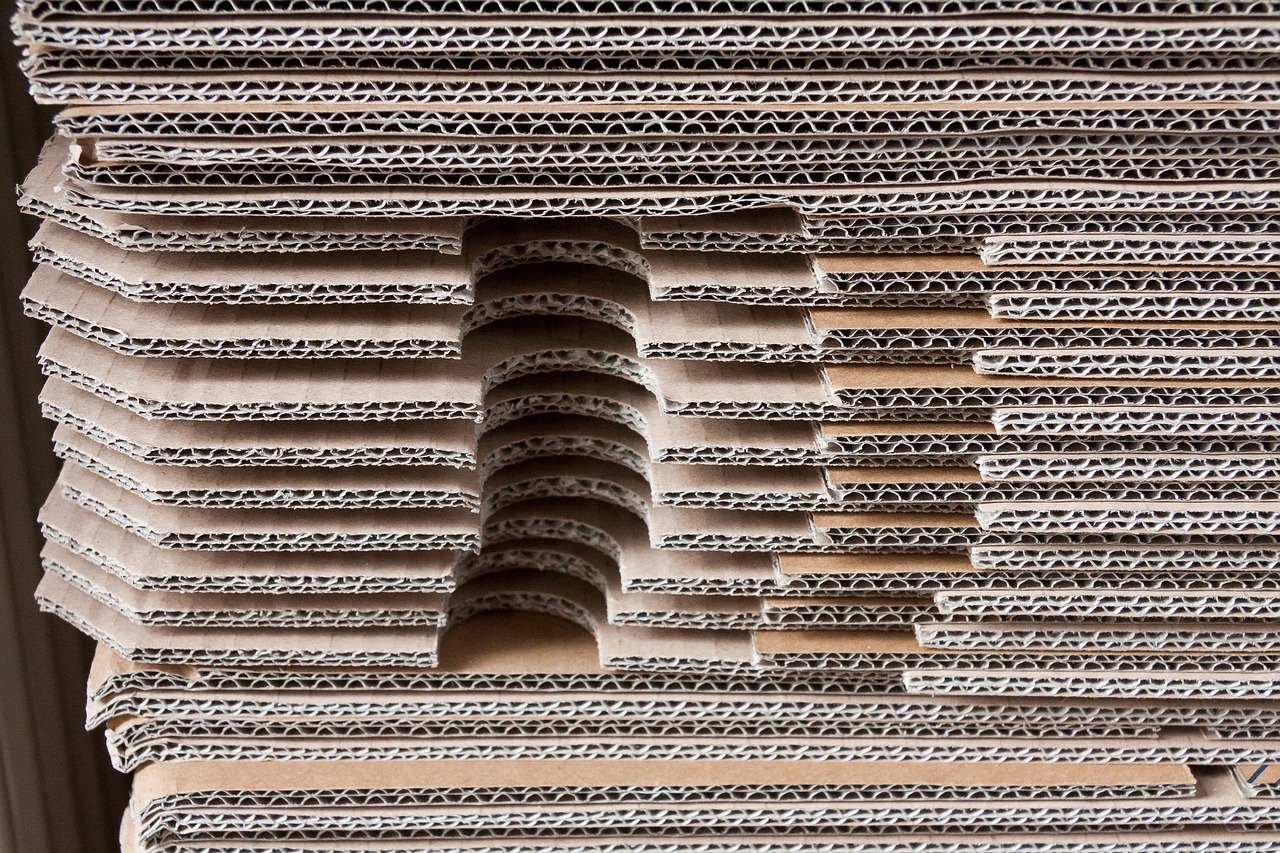
In many industries, corrugated cardboard is a popular choice for good reason. It’s lightweight, durable, and versatile enough to meet various shipping needs. Many small business owners and large corporations understand the benefits of different types of cardboard at https://thecuttingedge.com.au/.
They can make all the difference in ensuring your products arrive safely and securely. But with so many options out there, how do you know which type is right for you? From single-wall to double-wall constructions and specialized food-grade options, follow this guide to get inspired.
Single-Wall vs. Double-Wall: Which One Is for You?
When choosing between single-wall and double-wall corrugated cardboard, consider the level of protection your products require. Single-wall options are lightweight and cost-effective, making them ideal for items that don’t need heavy-duty support. If you’re shipping non-fragile goods like clothing or promotional materials, this might be your best bet. On the other hand, double-wall cardboard offers an extra layer of strength. It’s constructed with two layers of fluting sandwiched between three sheets of linerboard. This makes it perfect for heavier items or those that may face rough handling during transport. Ultimately, think about how much weight your packaging will bear and the conditions it will encounter in transit.
ECT vs. Burst Strength: Which Matters for Your Product?
Hold on! What are ECT and burst strength? ECT stands for Edge Crush Test. It measures how much weight the edge of a carton can withstand before collapsing. This test helps determine stacking strength during transport. On the other hand, burst strength gauges the overall resistance of the cardboard to bursting forces. It’s crucial when your product requires high durability against punctures or tears. For heavier items or products needing extra protection, focusing on burst strength may be more beneficial. If you’re shipping lighter goods that will be stacked, ECT could take precedence. Each measure serves a distinct purpose depending on your packaging needs.

Food-Grade Cardboard Options
Food-grade cardboard options are specifically designed to meet strict health regulations. These materials are free from harmful chemicals and contaminants. They ensure that your products remain safe for consumption throughout their shelf life. Look for options certified by organizations like the FDA or USDA. These certifications guarantee that the cardboard meets the necessary standards for food contact. Various styles include boxes, trays, and sleeves tailored to different food types. Whether you’re packaging baked goods or fresh produce, there’s a suitable option available. Many food-grade cardboards are recyclable or made from recycled materials.
Choosing the Right Grade for Shipping
Now, let’s talk about the shipping. The grade of cardboard you choose can make all the difference. Different products require different levels of protection. A fragile item demands a sturdier box compared to something more durable. So, make sure you understand your product’s weight and fragility first. For lightweight items, standard grades may suffice. However, heavier or delicate goods need higher-grade options for added security during transit. Consider how long your packages will be in transport, too. Longer shipping times might expose items to various conditions where stronger materials become essential.
Finding a Trusted Partner in Cardboard
So, interested in upgrading your corrugated cardboard games? Making the right choice is essential for your business needs. A trusted supplier will guide you through options, ensuring that you select materials that best fit your requirements. Make sure they offer quality products while providing excellent customer support.
